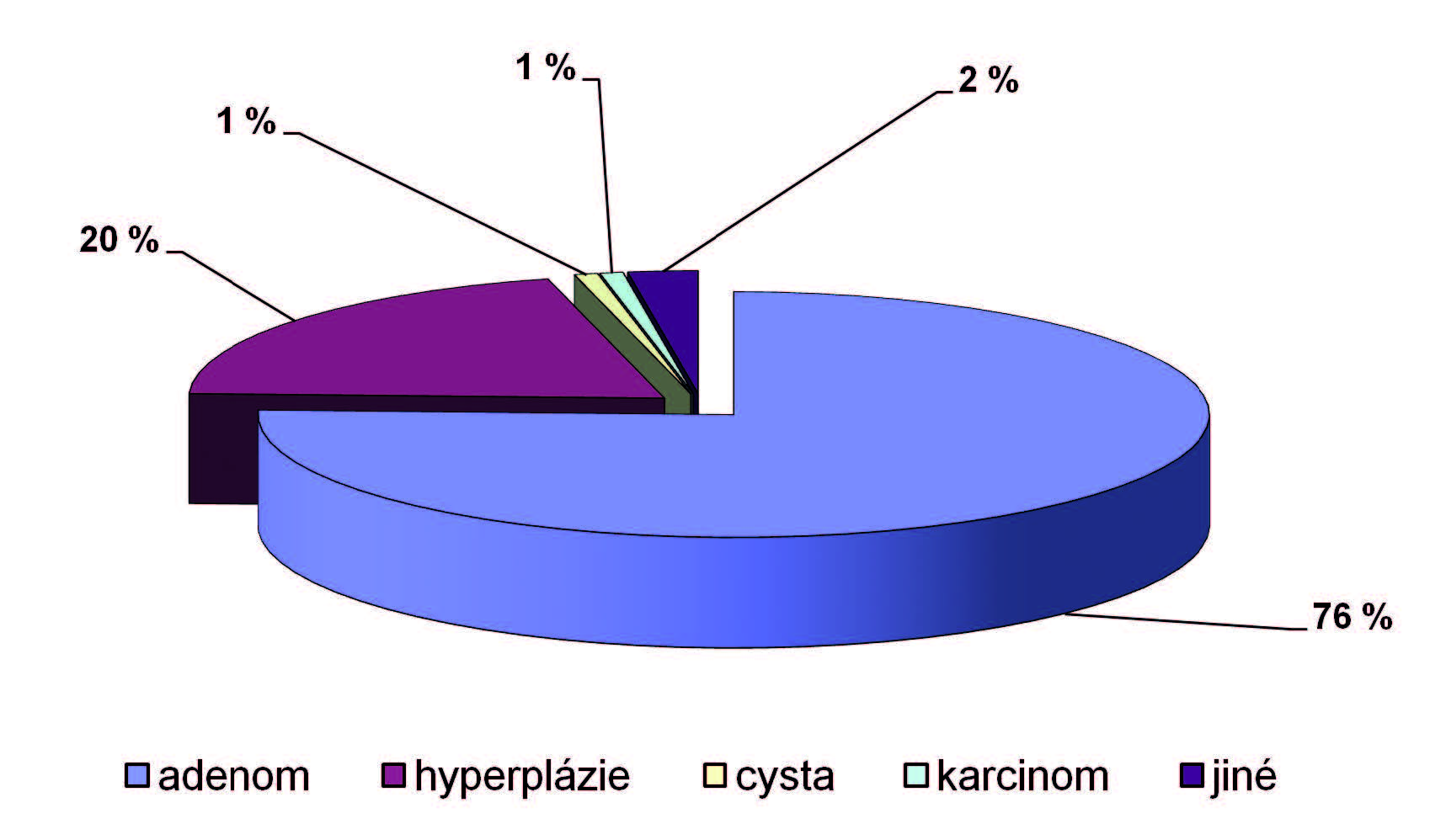Abstract
Introduction: The incidence of parathyroid – glandula parathyreoideae (PTG) diseases has been increasing worldwide. Unlike benign tumours, the incidence of malignant PTG tumours is rather a rare diagnosis. The morbidity of parathyroid surgery is associated with surgical removal of one or more pathologically altered parathyroid glands, particularly parathyroid adenoma associated with primary hyperparathyroidism (HPPT), but also hyperplasia associated with secondary or tertiary HPPT, and last but not least, HPPT due to parathyroid cancer.
Methods: A retrospective statistical analysis was performed in the set of patients undergoing surgery for a parathyroid disorder at the Department of Otorhinolaryngology and Maxillofacial Surgery, 3rd Faculty of Medicine, Charles University and Military University Hospital in Prague in 2013–2019 (7-year period). In this period, 127 procedures were performed. The incidences of morbidity, mortality, complications and lethality were analysed.
Results: Parathyroid surgery was performed in 20 male and 107 female patients. The mean age was 54.7 years, and the morbidity expressing recurrent laryngeal nerve (RLN) palsy was 0.7% of the nerves exposed during the procedure. The incidence of permanent normal postoperative calcaemia was 98.43%, demonstrated by a decrease in serum parathyroid hormone (PTH) levels. In 12 cases, this state was achieved only after a surgical revision (primary procedure for primary HPPT in 2 cases; 10 patients came for surgical revision with secondary or tertiary HPPT from other centres). Decreased PTH levels were demonstrated intraoperatively in 12.6% patients using the so-called PTH assay (a rapid serum PTH assay). Surgery for secondary or tertiary hyperparathyroidism was...

